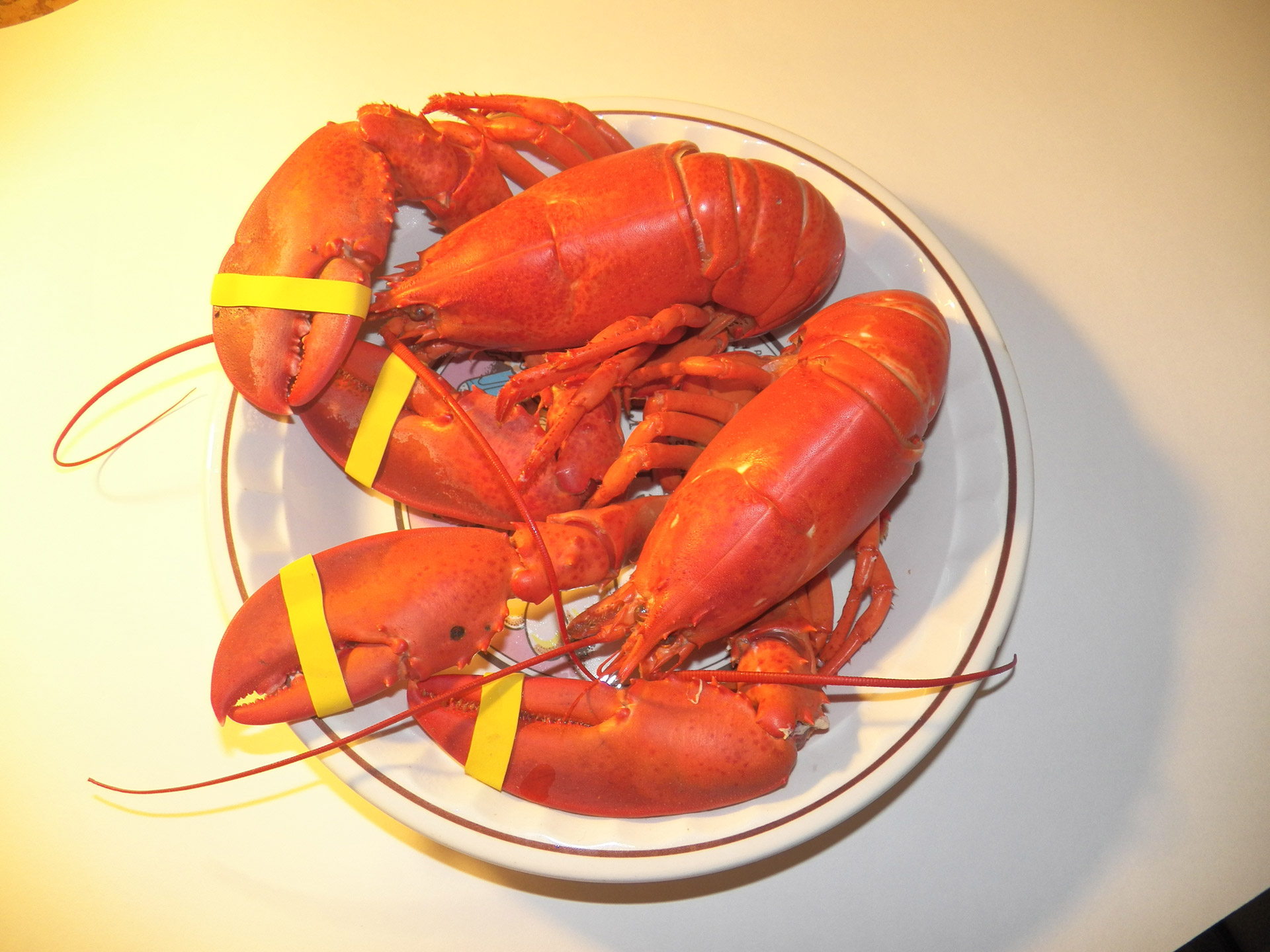Lobster and Shrimp Scampi Stuffed Shells If you’re looking for recipes for stuffed shells, you might not be thinking seafood, but let me assure you, these stuffed shells are pretty darned amazing especially if you like lobster, cream cheese, shrimp and/or butter. (Who doesn’t love those things?) Even better, not only are lobster and shrimp […]
Month: June 2023
Foraging for locally grown food teaches you that food is EVERYWHERE!
Locally Grown Food is Everywhere! Generally, my idea of foraging is getting up at 2am and looking through every cabinet to see if there might be just one Oreo left. Kidding. But foraging is something I am not super familiar with. I’ve been known to eat the stray blackberry on a hike or […]
More Kale!
Are You Ready for More Sautéed Kale? Our little garden is trucking along! The peas are just about ready to harvest, baby tomatoes are growing on the vine, and the kale and collards are still going strong. This is the first year that I have had the time to really put into the garden and […]

